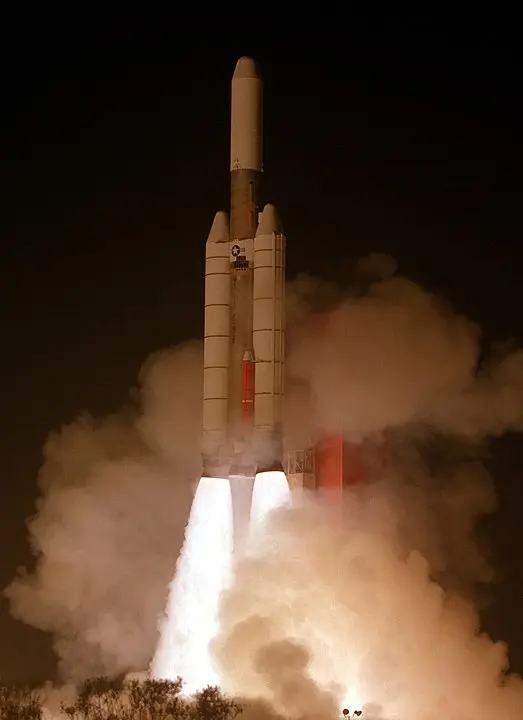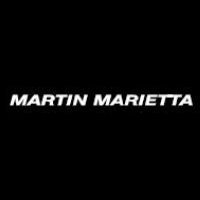KH-9 19 (Hexagon 19) (USA-2) & Farrah 2 (USA-3)
Launch Success
Liftoff Time (GMT)
18:47:00
Monday June 25, 1984
Mission Details
Farrah 2 (USA-3)
The Farrah satellites were part of a series of so called Program 11 or P-11 "Subsatellite Ferrets", low orbit ELINT/SIGINT satellites to pinpoint and characterize different Radar emitters in the Soviet Union and Warsaw pact states. The satellites were based on Lockheed's P-11 bus, which was designed to fit on the aft rack of the Agena-D upper stage or later on a rack on the KH-9 Hexagon reconnaissance satellite. The bus contained each one or two focused payload black boxes and different antenna configurations according to payload, as well as deployable solar arrays. The satellite featured two solid rocket motors, which allowed them to rise and circularize their orbit after deployment from the host satellite. Both spin or gravity gradient stabilization was possible. These subsatellites were deployed directly from KH-9 Hexagon reconnaissance satellites. They used two solid-fuel kick-motors to maneuver themselves into their operational orbits after deployment.
Polar Orbit
1 Payload
KH-9 19 (Hexagon 19) (USA-2)
The KH-9, also known as Hexagon or "Big Bird," was a large reconnaissance satellite designed to replace the earlier KH-4B Corona satellites. Unlike its predecessors, it utilized a new maneuverable bus called SCS (Satellite Control Section) and featured four return capsules for extended operational lifespan. Manufactured by McDonnell Douglas, the Mk.8 return capsules facilitated mid-air recovery of film capsules, similar to Corona satellites. The camera system, built by Perkin-Elmer, comprised two panoramic cameras for area surveillance, capturing images at altitudes ranging from 90 to 200 miles. These cameras utilized an f/3.0 folded Wright Camera optical layout with a 1.5 m focal length and achieved ground resolutions better than 0.61 m, scanning areas up to 120° wide.
Polar Orbit
1 Payload
11,400 kilograms
Rocket


Agency
Martin MariettaRocket
Height: 50m
Payload to Orbit
LEO: 14,515 kg
GTO: 5,000 kg
Liftoff Thrust
11,279 Kilonewtons
Fairing
Diameter: 3.05m
Stages
3
Strap-ons
2
Launch Site
Stats
Titan III
139th
Mission
4th
Mission of 1984
1984
65th
Orbital launch attempt